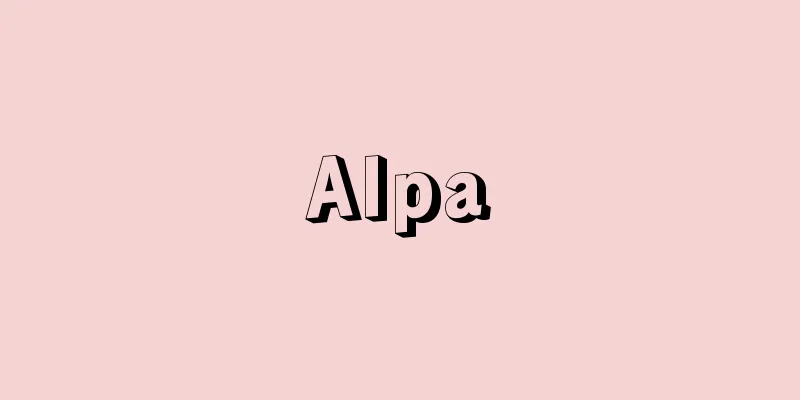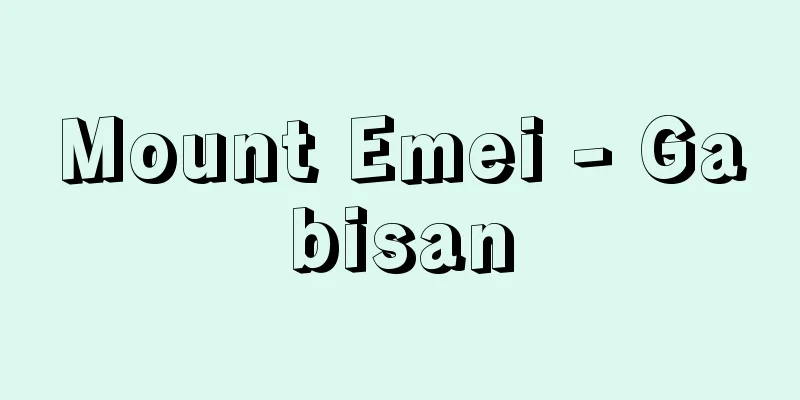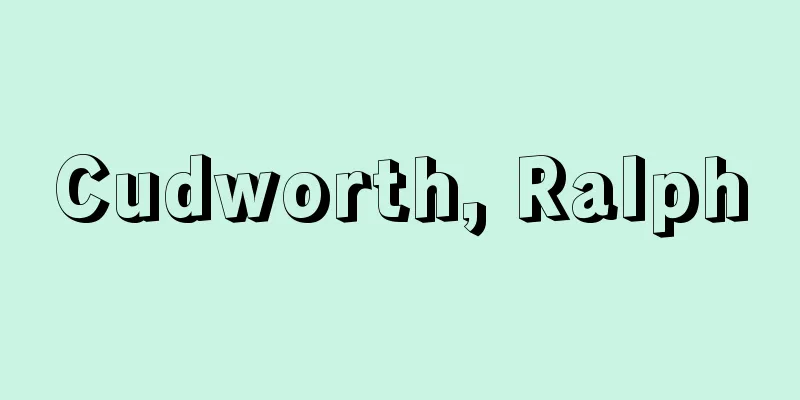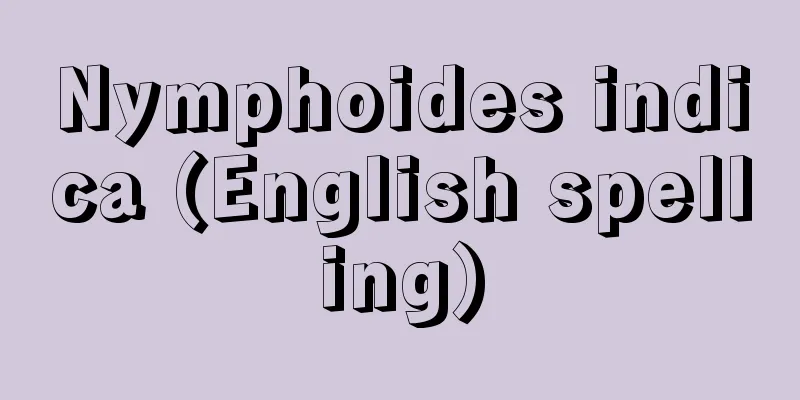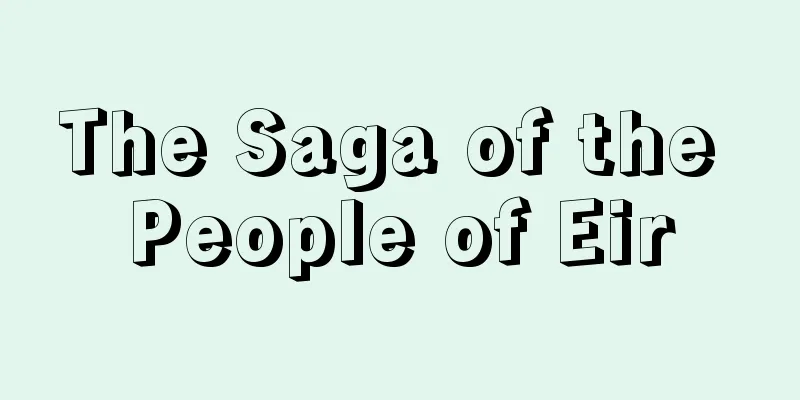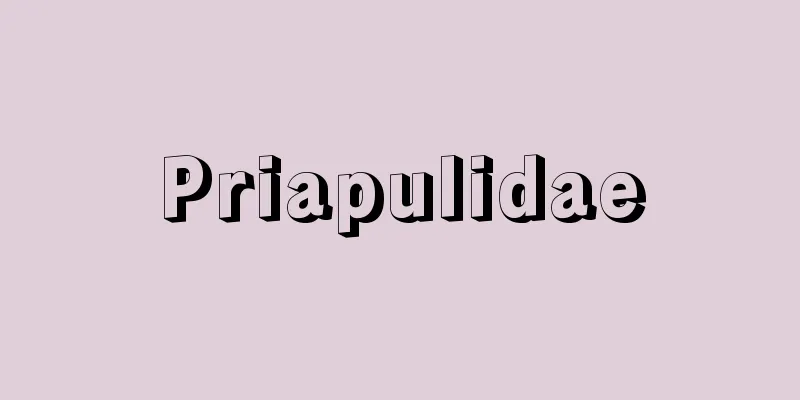Medulla oblongata

|
It is also called the myelencephalon. The central nervous system consists of the spinal cord and the brain, and the lowest part of the brain is the medulla oblongata, which means the extended part of the brain. In mammals, the upper part of the medulla continues to the hindbrain (pons and cerebellum), but in birds and other animals, there is no pons and it continues only to the cerebellum. The lower part of the medulla oblongata connects to the spinal cord, but the border is not clear. In general, it is appropriate to consider the lower end of the medulla oblongata to be up to the part where the first cervical nerve of the spinal cord emerges. The long axis of the medulla oblongata is about 2.5 centimeters long, bulging out from the spinal cord, and has a cylindrical shape that seems to be slightly stretched out to the side, resting on the slanted posterior lower part of the occipital bone, the "clivibus". Due to this overall shape, it is also called the brain ball. The lower half of the medulla oblongata has a similar external shape to the spinal cord, and in the center of the cross section, the central canal from the spinal cord continues as is, while in the upper half, the entire medulla oblongata is flattened in the left-right direction, and the thin central canal suddenly opens into the fourth ventricle. In other words, in this part, the dorsal part of the medulla oblongata moves outward as if it were split, and the roof is opened. The roof is covered by the posterior half of the cerebellum. The surface of the medulla oblongata has the same grooves and funicular protuberances as the spinal cord, but on the ventral side, there is a groove called the anterior median fissure along the midline, which continues to the anterior median fissure of the spinal cord. In particular, there are bulges called pyramids and olives on the left and right of this groove from the inside, both of which are named after their external shapes. Inside the pyramids, nerve fiber bundles (corticospinal tracts or pyramidal tracts) that control voluntary movement of striated muscles run vertically. This is the most important motor control tract, and from a phylogenetic perspective, it is a new mechanism unique to mammals. Within the olive there is a group of nerve cells called the olivary nucleus, which is involved in the balance of the body, upright standing, etc., and plays an important role in regulating involuntary movements. The dorsal part of the lower half of the medulla oblongata contains sensory fibers for the skin (especially touch), muscle, and tendon sensations of the entire body except the head. The internal structure of the medulla oblongata is almost the same as that of the spinal cord in the lower half, but changes become more pronounced in the upper half, and the arrangement of the nerve nuclei becomes more complex. In relation to the cranial nerves, there are parts of the vestibular nucleus related to the vestibular nerve in the vestibulocochlear nerve, the trigeminal spinal tract nucleus related to the trigeminal nerve, the hypoglossal nucleus that gives off the hypoglossal nerve, the dorsal nucleus of the vagus nerve, which is involved in the glossopharyngeal and vagus nerves, the nucleus ambiguus, the nucleus tractus solitarii, and the inferior salivary nucleus. These groups of nerve cells related to the glossopharyngeal and vagus nerves are involved in the autonomic reflexes of the internal organs, such as the movement of the trachea, esophagus, pharynx, larynx, or heart, as well as taste and saliva secretion, and they also play an important role in maintaining life. In addition, various experimental results suggest that the medulla oblongata is related to groups of nerve cells related to the vomiting reflex, cough reflex, sneezing reflex, chewing reflex, swallowing reflex, centers related to saliva secretion, respiratory center, and vasomotor center. [Kazuyo Shimai] [Reference] |©Shogakukan "> Parts of the cerebrum ©Shogakukan "> The vertebrate brain Source: Shogakukan Encyclopedia Nipponica About Encyclopedia Nipponica Information | Legend |
|
髄脳(ずいのう)ともいう。中枢神経系は脊髄(せきずい)と脳とからなっているが、その脳の最下部が延髄で、脳の延びた部分という意味である。延髄の上方は、哺乳(ほにゅう)動物の場合では後脳(橋(きょう)と小脳)へと続き、鳥類以下では橋がなく、小脳だけに続く。延髄の下方は脊髄につながるが、その境は明確ではない。一般には、脊髄の第1頸(けい)神経が出る部分までを延髄下端とするのが適当であろう。延髄長軸の長さは約2.5センチメートルで脊髄より膨らみ、やや横に押し延ばされたような円柱形をして、後頭骨の斜めになった後下部「斜台」にのっている。こうした全体の形から脳球という呼び方もある。延髄の下半部は脊髄と外形もよく似ており、横断面の中心部には脊髄からの中心管がそのまま続き、上半部は延髄全体が左右方向に扁平(へんぺい)となり、細い中心管が急に第四脳室へと開いている。つまりこの部分では、延髄の背側部は外側に割れるような感じで移動し、天井が開放されたようになる。天井の覆いとなるのは小脳の後半部である。延髄の表面には脊髄と同じ溝と索状隆起がみられるが、腹側面では正中線に前正中裂という溝があり、脊髄の前正中裂に続いている。とくにこの溝の左右に、内側から錐体(すいたい)およびオリーブとよばれる膨らみがあるが、ともに外観の形からつけられた名称である。錐体の内部には横紋筋の随意運動を支配する神経線維束(皮質脊髄路または錐体路)が縦走している。これはもっとも重要な運動支配路であり、系統発生的にみても、哺乳動物に特有な新しい仕組みである。オリーブ内部にはオリーブ核という神経細胞群が存在しており、この神経核は体の平衡、直立前行などに関係して、不随意運動の調節に重要な役割を果たしている。延髄下半部の背側部には、頭部を除く全身の皮膚感覚(とくに触覚)や筋肉覚、腱(けん)覚などの感覚線維がある。 延髄内部の構造は、下半部では脊髄とほとんど同じであるが、上半部に移ると変化が著しくなり、神経核の配置も複雑になる。脳神経に関係しては、内耳神経の中の前庭神経が関係する前庭神経核の一部、三叉(さんさ)神経が関係する三叉神経脊髄路核、舌下神経を出す舌下神経核、舌咽神経・迷走神経に関与する迷走神経背側核、疑核、孤束核、下唾液(だえき)核などが存在している。舌咽神経、迷走神経に関係するこれらの神経細胞群は、気管、食道、咽頭(いんとう)、喉頭(こうとう)あるいは心臓の運動、味覚や唾液分泌など、内臓諸器官の自律反射の働きに関係し、生命の維持にも重要な役割をもっている。そのほか、嘔吐(おうと)反射、咳嗽(がいそう)(咳(せき))反射、くしゃみ反射、そしゃく反射などに関係ある神経細胞群、嚥下(えんげ)反射、唾液分泌に関する中枢、呼吸中枢、血管運動中枢などが、延髄と関係していることが、種々の実験結果から考えられている。 [嶋井和世] [参照項目] |©Shogakukan"> 大脳の部位 ©Shogakukan"> 脊椎動物の脳 出典 小学館 日本大百科全書(ニッポニカ)日本大百科全書(ニッポニカ)について 情報 | 凡例 |
Recommend
Iroha Island
...Agriculture is centered on rice cultivation, w...
《Sakhalin Ainu Vocabulary》 - Karafutoainugoi
...The person who helped publish "Moshihogus...
Ichinoseki - Ichinoseki
…The Ichimonji weir is probably the most common t...
Etawa
...They have a milk production capacity of 600-12...
Yellow lily of the valley - Yellow lily of the valley
...The clustered flowers have various dark markin...
Boar fence | Deer fence - Shishigaki
"Shishi" is a general term for large ani...
Shorchuk
…The remains of a cluster of Buddhist temples are...
Nasunohara - Nasunohara
It refers to the area north of the center of the ...
Howard Taylor Ricketts
1871‐1910 American microbiologist. Born in Ohio, h...
Tomochi [town] - Tomochi
A former town in Shimomashiki County, central Kuma...
Initiation
Anthropological term. Also translated as "com...
Solar flux unit
…The strength of radio waves is expressed as the ...
Isoprene - Isopuren (English spelling) isoprene
Its correct name is 2-methyl-1,3-butadiene, a con...
Hiraṇya-garbha (English spelling)
…The Rig-Veda also contains some creation myths. ...
Mongolian - Moukogo
〘Noun〙 In the broad sense, it refers to the Mongol...
![Kumatori [town] - Kumatori](/upload/images/67cb6bb7b97d2.webp)
